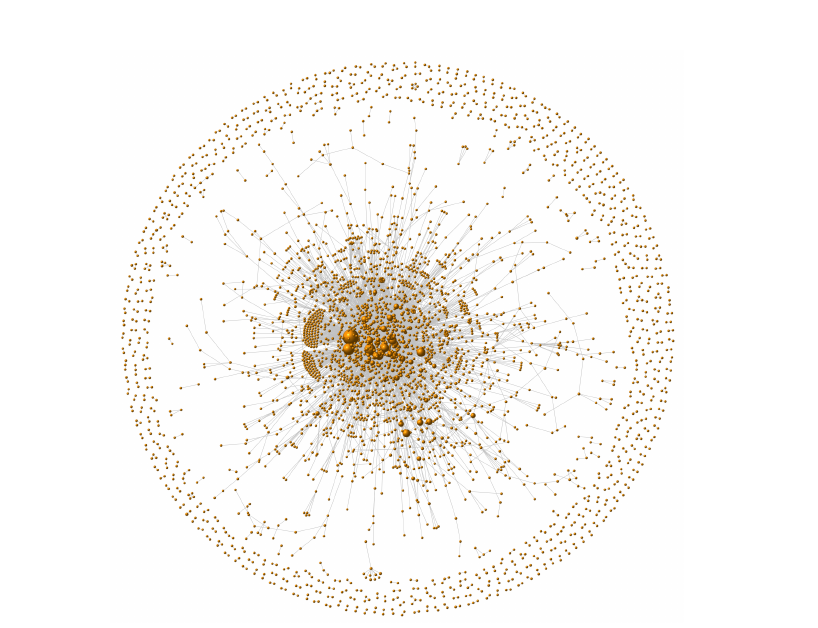Modeling the formation of R&D alliances: An agent-based model with empirical validation
Mario Vincenzo Tomasello, Rebekka Burkholz and Frank Schweitzer
Economics (2017)
Research: R&D Collaborations
Abstract
The authors develop an agent-based model to reproduce the size distribution of R&D alliances of firms. Agents are uniformly selected to initiate an alliance and to invite collaboration partners. These decide about acceptance based on an individual threshold that is compared with the utility expected from joining the current alliance. The benefit of alliances results from the fitness of the agents involved. Fitness is obtained from an empirical distribution of agent's activities. The cost of an alliance reflects its coordination effort. Two free parameters ac and a1 scale the costs and the individual threshold. If initiators receive R rejections of invitations, the alliance formation stops and another initiator is selected. The three free parameters (ac; a1; R) are calibrated against a large scale data set of about 15,000 firms engaging in about 15,000 R&D alliances over 26 years. For the validation of the model the authors compare the empirical size distribution with the theoretical one, using confidence bands, to find a very good agreement. As an asset of our agent-based model, they provide an analytical solution that allows to reduce the simulation effort considerably. The analytical solution applies to general forms of the utility of alliances. Hence, the model can be extended to other cases of alliance formation. While no information about the initiators of an alliance is available, the results indicate that mostly firms with high fitness are able to attract newcomers and to establish larger alliances.

